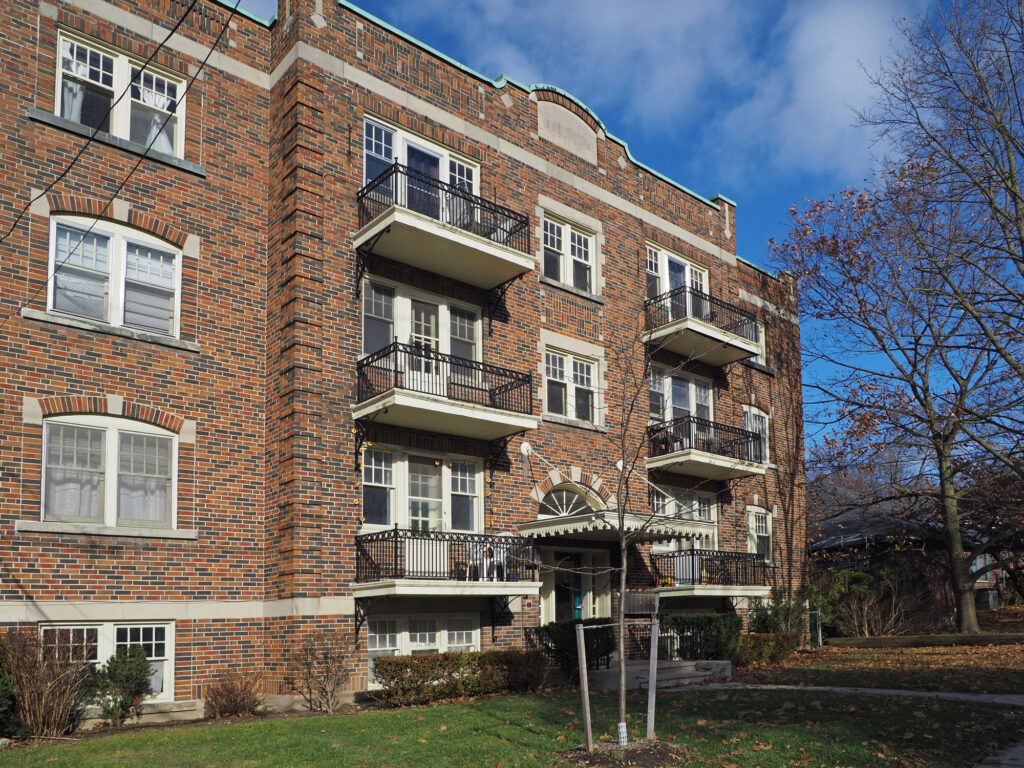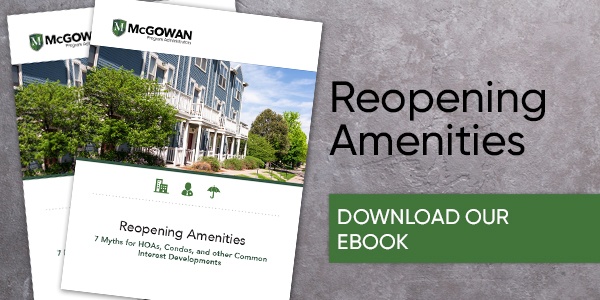As buildings and their physical components age, community associations face the financial demands and risks that come with aging infrastructures. Association managers, boards, homeowners, and residents must be aware of the inevitable decline and resulting safety issues resulting from aging infrastructures. Too often, associations fail to recognize severe structural and system failures that are progressing in aging structures and only notice it when the damage becomes noticeable and requires costly renovations.
Water intrusion in windows and siding, deteriorating balconies or fences, and failing pipes and roofing are among the most common problems reported by community associations. In many cases, the underlying issues are known, or should be known, but are ignored. Association decision-makers would instead only be reactive and only address cosmetic, structural damage than repair because they don’t have a proper financial plan for major structural repair and don’t want to pay now for a problem in the future.
Education and awareness
Associations tend to schedule significant repairs based on the level of emergency or cost. Issues affecting elevators, termite infestation, plumbing, or electrical get immediate attention. Too often, associations postpone fixing issues in common areas or those related to the original construction. The risk of avoiding comprehensive inspections can be catastrophic, as seen in the 2015 balcony collapse on a multifamily building in Berkeley, California, that killed six people and severely injured seven others.
Both board members and homeowners need to learn more about and focus on three key areas:
- How to plan and execute reserve studies
- How to evaluate and hire qualified engineers, architects, and contractors
- How to implement comprehensive inspection and maintenance programs
Reserve studies for community associations
Community associations operating without a current reserve study are navigating uncharted waters without a map. Reserve study documents are critical for community associations to maintain property values and quality of life. Associations should be updating their reserve study every 3 to 5 years.
A reserve study will provide:
- A condition assessment and replacement cost estimate of a community association’s common elements
- A reserve funding plan to pay for future replacements
A reserve study is a long-term capital budget planning tool that identifies reserve funds’ current status and a funding plan to offset ongoing deterioration after anticipated expenditures occur. Reserve studies help with four important areas for community associations:
- Maintain property value and appearance
- Fulfill the board of directors’ fiduciary responsibility
- Establish sound financial planning and budget direction
- Comply with state laws
Reserve Study 2.0
It is time for associations to take reserve studies and planning to the next level addressing latent infrastructure issues, which in most cases are not addressed in reserve Studies and probably require more intensive investigation and possibly expertise. This is something a community association board should discuss with their reserve specialist.
Risk management for community associations
Not only does good community association risk management involve reserve studies, but it also should include having insurance that protects against aging infrastructures. Community association directors & officers and their brokers should add protection to their most valuable assets with community association directors’ and officers’ insurance.
McGowan Program Administrators (“MPA”) Community Associations Directors & Officers Program protects the individuals who voluntarily serve on association Boards of Directors and the association itself and all those who assist the Boards. This includes employees, committee members, community association managers, and other volunteers assisting in the direction of the Board. MPA’s products and services reduce risks and ensure state of the art protection.



